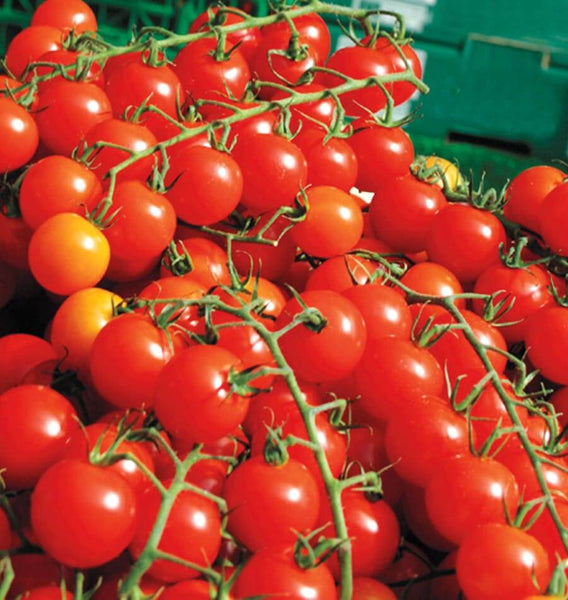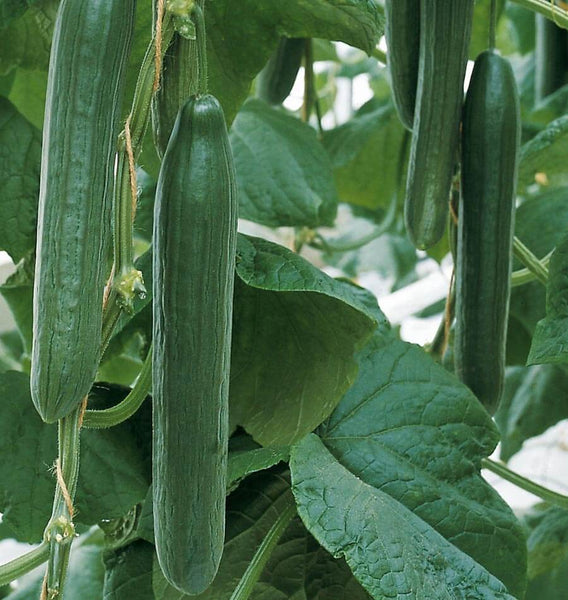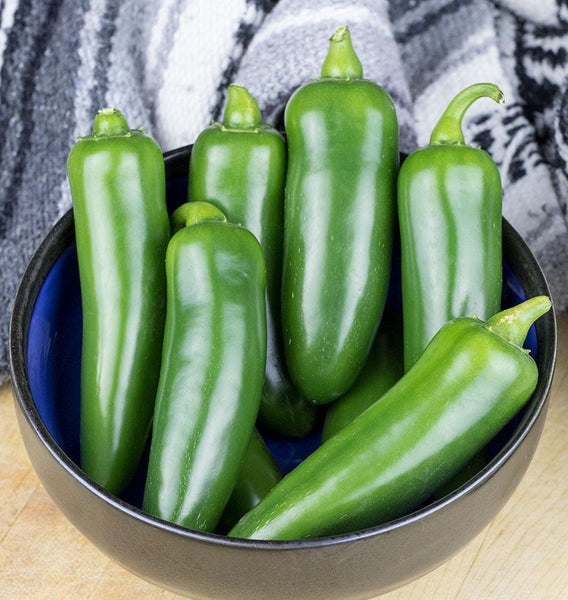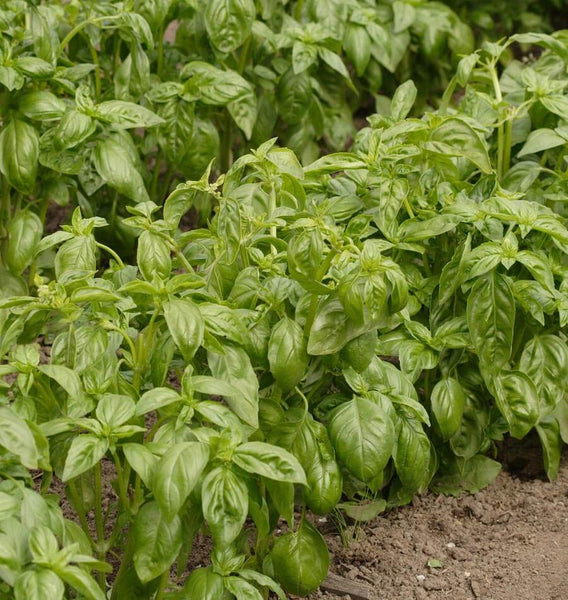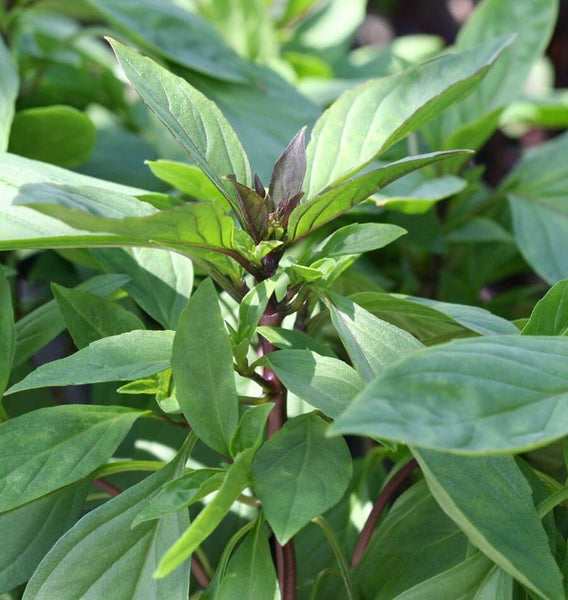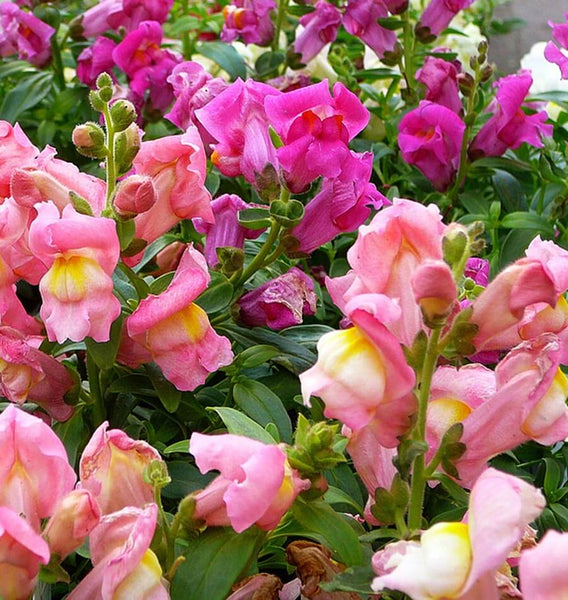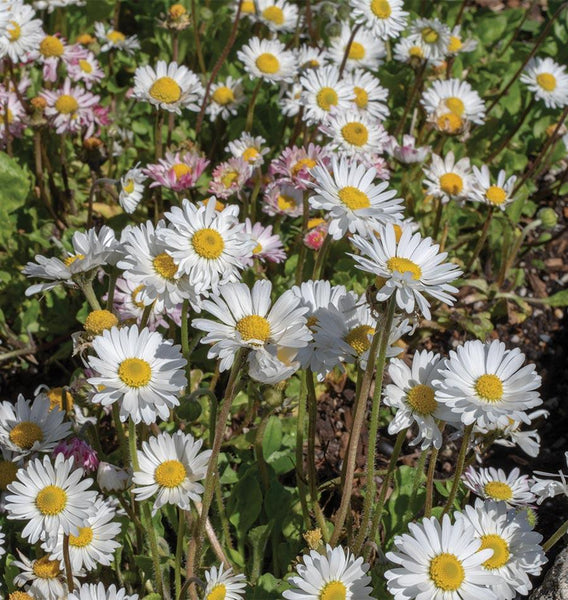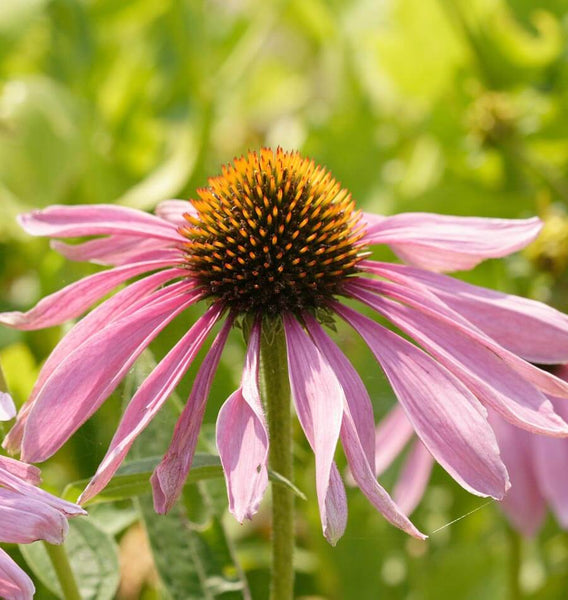Collards (Brassica oleracea Acephala group)
Kale (Brassica oleracea Acephala group)
Russian or Napa Kale (Brassica rapus ssp. pabularia syn. B. napus)
Learn about kale and collards here. As the Latin name suggests, Brassicas in the Acephala group do not form central heads, as cabbages do, although some form central heads that are relatively loose and open. Sometimes called Spring Greens, collards and kale are extremely similar, botanically speaking. Both form upright, open plants with large leaves that are often veined with distinctive colours. Collards typically have smoother, broader, more rounded leaves compared to those of kale, which can be extremely curled.
Because the leaves of these plants are open to the sunlight (unlike the tightly packed interior leaves of cabbage), they are darker. They are also thicker, tougher, and have a stronger, bitter “cabbagey” flavour. Both plants grow as biennials in areas with mild winters, and may come back as perennials in colder climates. The authors of Larousse Gastronomique, the standard encyclopedia of French cuisine, consider collards and kale to be synonymous. But their history, popularity, and uses are remarkably different.

Collards tend to have flatter leaves with less curled margins.
Easy, nutritious, and economical to grow, collards (collard greens) are a staple of southern U.S. states. They are always served cooked, usually with salted or preserved meats. Collard greens and black-eyed peas are a traditional favourite on New Years Day to ensure wealth in the coming year. Collards are also popular in Brazilian and Portuguese cuisine, and are eaten, along with their roots, in Kashmir.
Kale has a longer history than collards. Kale’s cold-hardiness led it to become a staple ingredient in Europe, harvested into winter, with many distinct varieties arising in different countries. It is thought that among the Brassicas, kale most closely resembles the original wild cabbage, and it has been eaten since at least the 4th century BCE. It was the ubiquitous culinary vegetable in Europe until the end of the Middle Ages.

Kale leaves can be extremely curled, and range from blue and green to purple and red.
The origins of kale are not well documented, but several distinct types arose in different regions of Europe. Scottish kale is grey-green and has curly leaves. Tuscan kale has long, dark green, strap-like leaves. The Russian kale, sometimes called Siberian kale, has a finer texture and is better suited for eating raw. Some authorities suggest that Russian kale arose from an accidental crossing between kale and one of the Chinese mustards.
Both kale and collards are exceptionally rich in vitamins A, C, and K, along with beta-carotene, iron, calcium, and potassium. As with their Brassica cousins, collards and kale are high in sulforaphane, an organic sulfur compound that appears to have powerful anticancer, anti-diabetic, and antimicrobial properties. Kale is still known in many parts of Europe as borecole, from the Dutch word boerenkool, or “farmer’s cabbage.” An Irish dish called colcannon is made with kale and mashed potatoes, and served with sausage. Caldo verde is a Portuguese soup variation, again cooked with potatoes and sausage. Swedes enjoy langkal dish made with kale and cream, and in Germany, throughout the fall and winter, social clubs perform something of a pub crawl called Grünkohlfahrt, going from inn to inn, eating boiled kale with sausages, and partaking of schnapps. Kale juice is used as a dietary supplement in Japan.
